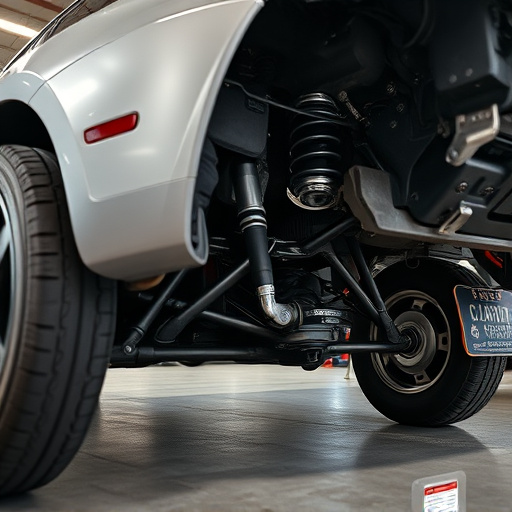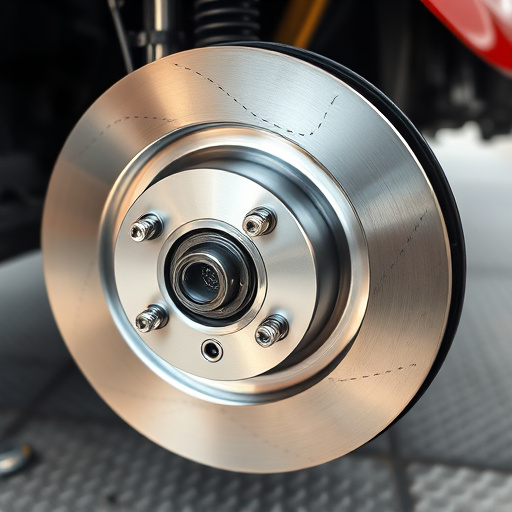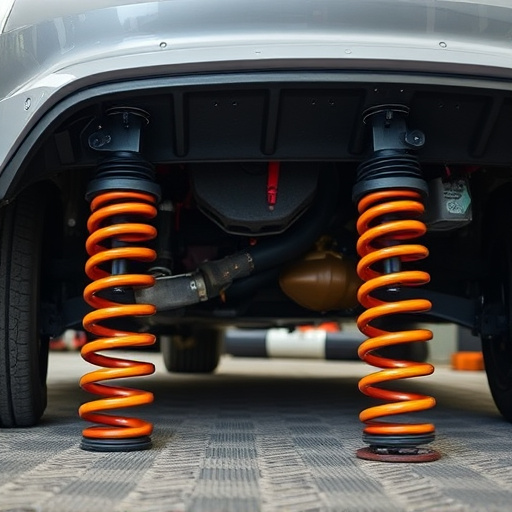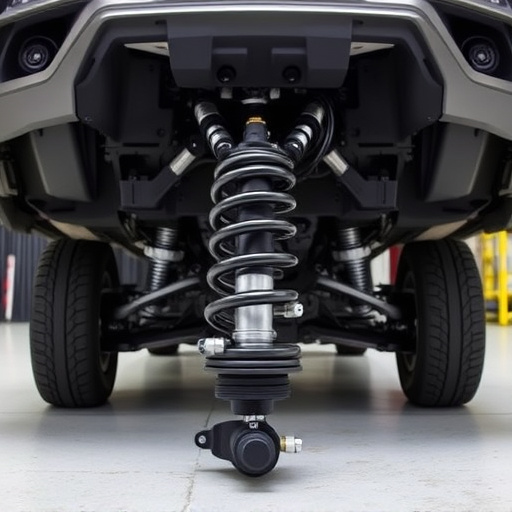Engine tuning, particularly with forced induction systems, enhances performance through precise adjustments like air-fuel ratio optimization, ignition timing, fuel injection control, and engine mapping. Components like air intake systems, exhaust mufflers, and suspension kits are crucial for seamless airflow and efficient fuel delivery. Techniques include modifications like cold air intakes and custom manifolds, optimizing combustion chambers and exhaust systems for increased horsepower, torque, and improved driving dynamics.
“Unleash the full potential of your vehicle with forced induction setups. This comprehensive guide delves into the intricate world of engine tuning, specifically tailored for these high-performance systems. From grasping the fundamentals of forced induction basics to fine-tuning critical engine parameters, you’ll explore strategies for optimal efficiency and enhanced performance. Discover advanced techniques that elevate your tuning game, ensuring a symphony of power and control. Maximize every twist of the wrench with our expert insights on achieving peak engine performance through meticulous tuning.”
- Understanding Forced Induction Basics
- Key Engine Tuning Parameters for Efficiency
- Optimizing Performance Through Advanced Techniques
Understanding Forced Induction Basics
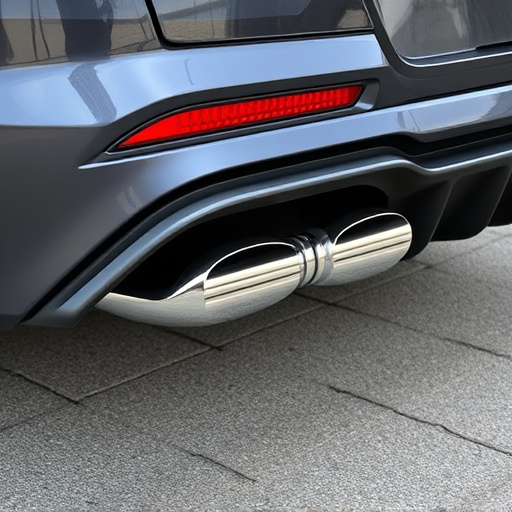
Forced induction is a powerful way to boost an engine’s performance, and it’s a popular choice among car enthusiasts. At its core, forced induction involves using an external force, typically an electric motor or turbocharger, to pressurize air and force more of it into the engine. This process allows for a greater amount of fuel to be burned, resulting in increased horsepower and torque.
Understanding how forced induction works is crucial when it comes to engine tuning. It’s not just about adding power; it requires careful consideration of various components, including air intake systems, exhaust mufflers, and suspension kits. These parts play a vital role in ensuring the smooth flow of air and gases within the engine bay, maximizing efficiency and performance gains from forced induction setups.
Key Engine Tuning Parameters for Efficiency
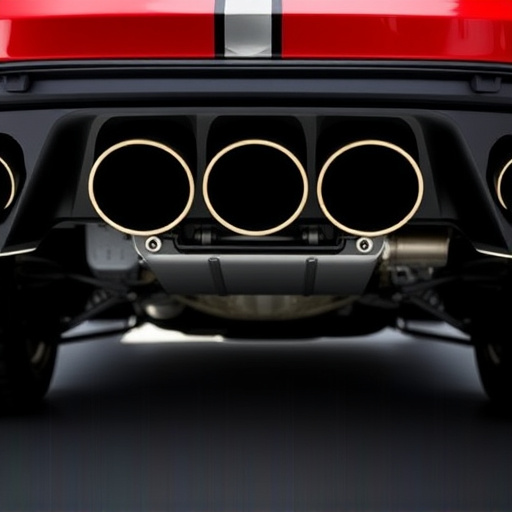
When it comes to optimizing a forced induction engine for efficiency, several key tuning parameters play a pivotal role. The first and perhaps most crucial is air-fuel ratio (AFR). Achieving the ideal AFR ensures that the engine efficiently burns fuel, maximizing power output while minimizing fuel wastage. This delicate balance can be fine-tuned through advanced ignition timing adjustments and precise fuel injection control.
Another vital aspect is engine mapping, which involves customizing the engine’s performance curves to cater to the specific demands of forced induction systems. This includes adjusting compression ratios, throttle response, and boost pressure settings. Careful tuning of these parameters not only enhances performance but also ensures optimal energy conversion, resulting in improved fuel economy and reduced emissions. Additionally, focusing on effective cooling strategies, such as upgrading radiator and intercooler components (including exhaust mufflers for efficient gas flow), is essential to maintain engine temperature within safe operating limits during high-performance scenarios.
Optimizing Performance Through Advanced Techniques

In the realm of engine tuning, advanced techniques play a pivotal role in optimizing vehicle performance, especially with forced induction setups. By meticulously fine-tuning various components, enthusiasts and mechanics can unlock hidden potential within their engines. This involves strategic adjustments to the intake components, ensuring seamless airflow and efficient fuel delivery. For instance, modifying air filters, cold air intakes, or even designing custom intake manifolds can significantly impact vehicle performance.
Additionally, engine tuning experts focus on optimizing combustion chambers, enhancing ignition timing, and fine-tuning the fuel injection system. These strategies, combined with a carefully crafted cat-back exhaust system, contribute to improved horsepower, torque, and overall driving dynamics. The synergy between these elements creates a powerful synergy, transforming the vehicle’s performance capabilities and providing drivers with an exhilarating experience on the road.
Engine tuning is a complex art, especially when optimizing forced induction setups. By understanding the fundamentals of forced induction and mastering key tuning parameters, enthusiasts can achieve remarkable efficiency gains. Advanced techniques further unlock performance potential, ensuring these setups deliver both power and reliability. This tailored approach to engine tuning empowers motorists to harness the full capabilities of their vehicles, resulting in an enhanced driving experience.








